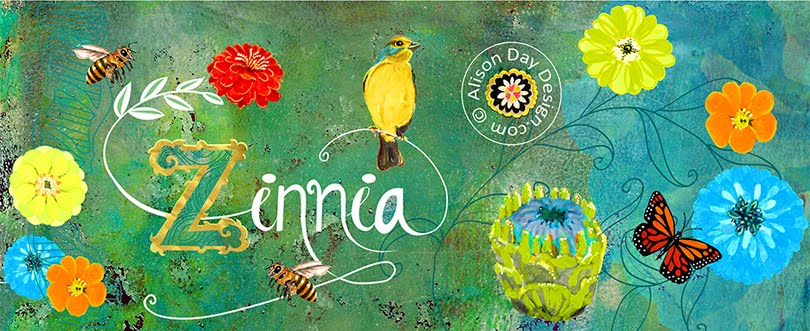She has spent the greater part of her young life
traveling all over the world, living in countries such as India, where school
trips were by no means ordinary, and involved visiting jungles inhabited by
tigers and elephants and crystal clear lakes. It is here too that her mother
set up two orphanages, to help the unwanted baby girls rejected by their
families, who would be unable to meet the demands of the customary dowry
expected of them when the girl reached marrying age. So, from an early age
Heidi learnt to interact with people from other cultures and had the added
bonus of young Indian sisters to play with.
Heidi perceives herself as a global nomad, as during
her informative years (due to her parent’s missionary work), they generally
spent no more than four years in any one place, often moving after only one or
two years; as a result she attended over 9 different schools. Her life,
although challenging has been unique, and although friends have been hard to
make along the way, those that remain, are worth their weight in gold.
Adaptation becomes the name of the game, but she wouldn’t have it any other
way. One point she does make, however, is that she sees all the variety and
excitement she has experienced as a gift. ‘Real life’ is rather more mundane and
to try to re-create this lifestyle now as an adult would cause her to be
alienated from her peers.
Often
feeling mature beyond her years, and grappling with unresolved grief within, as
well as the delayed adolescent rebellion (due to a highly organized and
pressured nomadic existence) has meant that compiling Home Keeps Moving has
been a long time in the making. It wasn’t until she came across the “Third
Culture Kids: Growing Up Among Worlds”, by Ruth van Reken and Dave Pollock that
she was able begin to rationalize her thoughts enough to make headway and to
express precisely what she thinks makes her feel different as a TCK, in
comparison to others.
A cultural
chameleon she certainly is, and it is interesting to hear that she has managed
to build a relationship (on her own terms) with each of the three main cultures
she is involved with. Of her birth country England she says:
“Whenever I
arrive in London, the familiarity makes me feel at home...like I almost belong
there”. Of Norway: “It was never more than a summer holiday destination
to me, until we moved there in 1996, and it highlighted a lot of TCK tendencies
to me, so for that I am grateful”. And finally, of her mother’s
country, Finland: “Finland is called “the Land of a Thousand Lakes,”
and I have pleasant memories of steaming hot saunas, night swims, roasting
sausages on open fires, moonlit boat trips with our cousins, adventure, and
beauty”.
But as to
where she considers home to be: “The truthful answer is that home is
wherever my family members are”.
Heidi’s
book, ‘Home Keeps
Moving’, provides the reader with an honest and interesting account
of the life of a TCK and MK. As well as including her own experiences, for
extra dimension, she has included accounts from other multi-cultural global
nomads and TCKs, including her brother, Ben. Her story touches on the
advantages and disadvantages of being a third culture kid in today’s world. It
is a lifestyle, which can be said to provide, on the one hand, a rich education
about the real world and its issues, as well as how to interact with people of
many cultures, and on the other, how to deal with culture shock, continual
packing and unpacking, and the inevitable restlessness caused by the lifestyle
of a global nomad.











